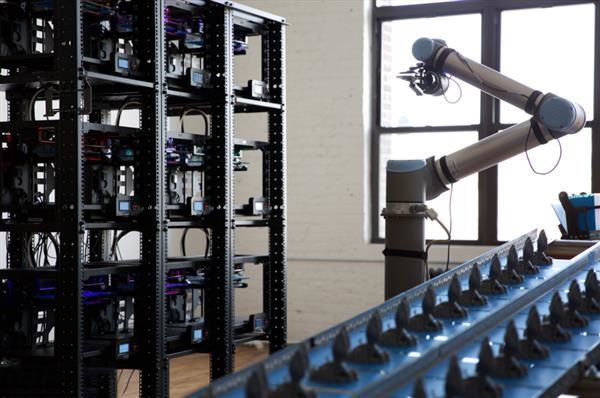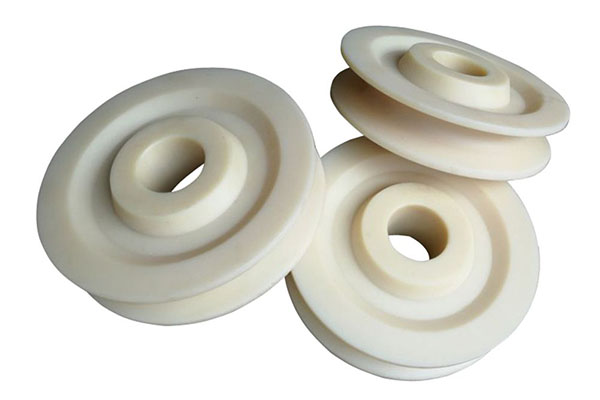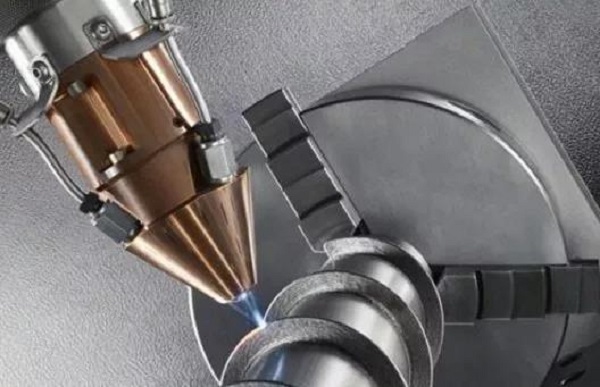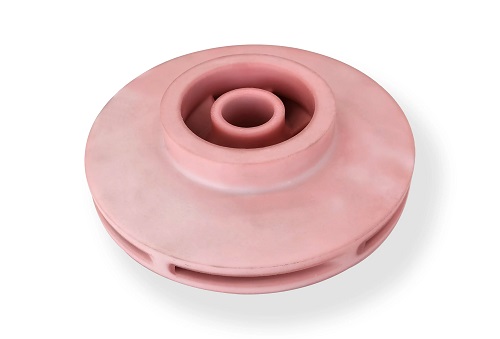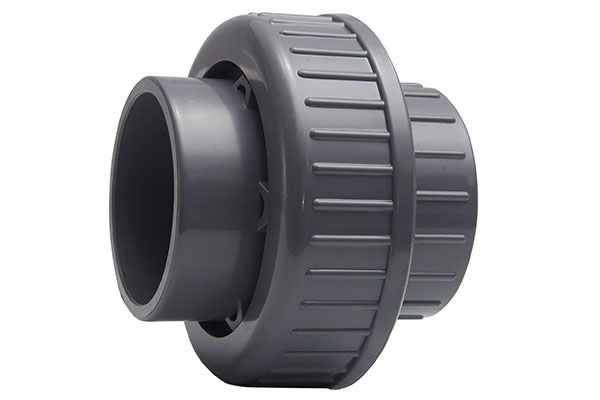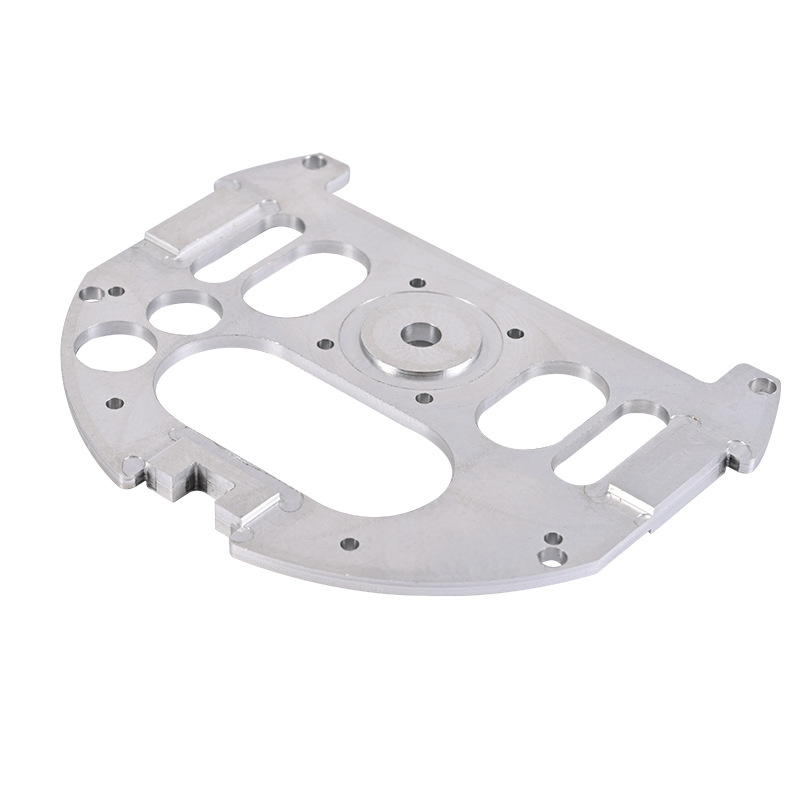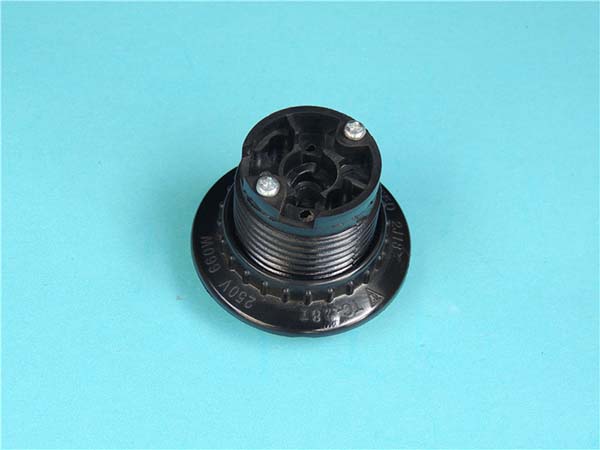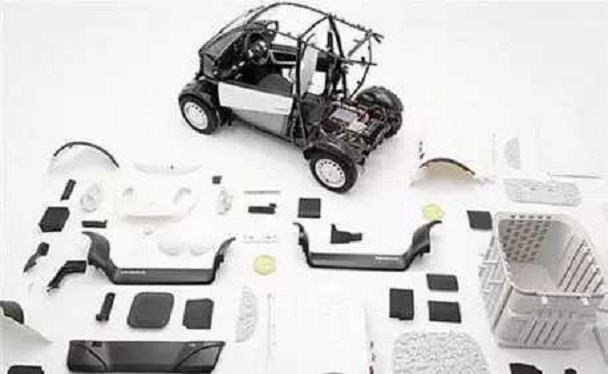What is 3D Printing Automation?
3D printing, also known as additive manufacturing, has revolutionized the manufacturing industry by creating three - dimensional objects from a digital model. 3D printing automation, on the other hand, takes this technology a step further by integrating automated processes into the 3D printing workflow.
At its core, 3D printing automation combines 3D printing technology with automated systems such as robotics, sensors, and software. These automated systems can perform various tasks, including material handling, part removal, post - processing, and quality control, with minimal human intervention. For example, robotic arms can be programmed to load and unload raw materials, such as filaments or powders, into the 3D printer. After the printing process is complete, the same robotic arms can remove the finished parts from the build platform and place them in a designated area for further processing.
Automated post - processing is another crucial aspect of 3D printing automation. This can involve tasks like sanding, polishing, and painting the printed parts. Automated post - processing systems can ensure consistent quality and save a significant amount of time compared to manual post - processing. Quality control is also enhanced through automation. Sensors can be used to monitor the 3D printing process in real - time, detecting any irregularities such as layer delamination or incorrect extrusion. If an issue is detected, the system can automatically pause the print job and alert the operator, reducing the likelihood of producing defective parts.
In a fully automated 3D printing setup, software plays a central role. It can be used to design the 3D models, slice them into layers for printing, and control the entire automated process. For instance, some advanced software can optimize the printing parameters based on the material being used and the complexity of the model, further improving the efficiency and quality of the 3D printing process. Overall, 3D printing automation aims to make the 3D printing process more efficient, accurate, and scalable, opening up new possibilities for mass production and customization in various industries.
The Working Principle of 3D Printing Automation
Digital Design
The first step in 3D printing automation is digital design. Engineers and designers use Computer - Aided Design (CAD) software to create three - dimensional models. These models are the blueprints for the final 3D - printed objects. For example, a product designer might use CAD software like SolidWorks or AutoCAD to design a new smartphone case. They can precisely define the shape, size, and internal structure of the case in the virtual environment. Once the design is complete, it is saved as a digital file, usually in a format like.STL (Stereolithography) or.OBJ (Object). These files are then ready to be processed by the 3D printing software.
Material Extrusion or Sintering
After the digital model is prepared, the 3D printer uses different techniques to build the physical object layer by layer. One of the most common methods is material extrusion, such as in Fused Deposition Modeling (FDM) technology. In FDM, a spool of thermoplastic filament, like PLA (Polylactic Acid) or ABS (Acrylonitrile Butadiene Styrene), is fed into the printer's extruder. The extruder heats the filament until it becomes molten and then extrudes it through a nozzle. As the nozzle moves according to the instructions from the digital file, the molten plastic is deposited layer by layer, gradually building up the 3D object.
Another important method is sintering, as seen in Selective Laser Sintering (SLS) technology. In SLS, a high - power laser is used to sinter powdered materials, such as plastic, metal, or ceramic powders. The laser scans the surface of a powder bed, melting and fusing the powder particles together according to the cross - sectional shape of the 3D model. After each layer is sintered, a new layer of powder is spread over the bed, and the process is repeated until the entire object is formed.
Automated Process Control
Automation plays a crucial role in ensuring the quality and efficiency of 3D printing. Automated systems are used to monitor and adjust various printing parameters. For example, temperature is a critical parameter in both FDM and SLS printing. In FDM, if the extruder temperature is too low, the filament may not extrude smoothly, leading to gaps in the printed layers. If it's too high, the plastic may over - heat and deform. An automated temperature control system can constantly monitor the temperature of the extruder using thermocouples and adjust the heating power to maintain the optimal temperature.
Printing speed is another parameter that can be adjusted automatically. For complex geometries, the printer may slow down the printing speed to ensure accurate deposition of materials, while for simpler parts, it can increase the speed to save time. Sensors can also be used to monitor the thickness of each printed layer. If the layer thickness deviates from the set value, the system can make real - time adjustments to ensure consistent quality throughout the printing process.
Applications of 3D Printing Automation
3D printing automation has found its way into various industries, revolutionizing the manufacturing process and enabling new levels of efficiency and customization.
In the Automotive Industry
In the automotive industry, 3D printing automation is used to produce custom - designed parts with high precision. For example, BMW has been a pioneer in using 3D printing automation. The company produces over 400,000 parts annually through 3D printing. They use it to create robot grippers for their production lines. These 3D - printed grippers are not only lighter, with a weight reduction of 20% - 30%, but also more durable. This leads to a significant improvement in production efficiency as the lighter grippers can move more quickly, shortening the cycle time. Additionally, Tesla is exploring the use of 3D printing to create complex parts for their electric vehicles. By automating the 3D printing process, they can rapidly prototype and produce parts, reducing the time it takes to bring new models to market. This also allows for greater design flexibility, as engineers can quickly iterate on designs and produce parts with intricate geometries that would be difficult to achieve with traditional manufacturing methods.
In the Medical Field
The medical field has seen remarkable advancements with 3D printing automation. One of the most significant applications is in the creation of personalized prosthetics and implants. For instance, 3D - printed prosthetics can be custom - made to fit an individual's body perfectly. By scanning the patient's residual limb, a 3D model is created, and then an automated 3D printing process produces a prosthetic that offers a better fit and more comfort compared to traditional, off - the - shelf prosthetics. In the case of implants, such as dental implants or orthopedic implants, 3D printing automation allows for the production of implants that are tailored to the patient's specific anatomy. This reduces the risk of implant rejection and improves the overall success rate of the surgery. According to a report by the International Data Corporation (IDC), the global 3D printing market in the medical field is expected to grow significantly, with the ability to produce personalized medical devices being a major driving force.
In Aerospace
Aerospace is another industry that has greatly benefited from 3D printing automation. Aircraft and spacecraft components often require complex geometries and high - strength materials. 3D printing automation enables the production of these complex parts with reduced weight. For example, Airbus has been using 3D printing to manufacture parts for its aircraft. Some of the 3D - printed parts are up to 50% lighter than their traditionally - manufactured counterparts. Lighter parts mean less fuel consumption, which in turn reduces operating costs and environmental impact. In addition, 3D printing automation allows for the rapid production of spare parts. In space missions, where time is crucial, the ability to quickly print a replacement part on - site can be a game - changer. NASA has been exploring the use of 3D printing in space, with the goal of being able to manufacture tools and parts as needed during long - duration space flights.
Yigu Technology's Viewpoint
As a non - standard plastic metal products custom supplier, Yigu Technology sees 3D printing automation as a game - changer in the custom manufacturing landscape. The ability to quickly and precisely produce customized parts through 3D printing automation significantly reduces lead times. This is a huge advantage, especially when clients have urgent and unique requirements.
For non - standard products, design flexibility is crucial. 3D printing automation allows Yigu Technology to bring even the most complex design concepts to life, which was previously challenging with traditional manufacturing methods. Moreover, it helps in cost - effective production for small - batch orders. By eliminating the need for expensive molds and tooling in many cases, Yigu Technology can offer more competitive prices to its customers. In the long run, 3D printing automation is expected to open up new business opportunities, enabling Yigu Technology to expand its service portfolio and meet the evolving needs of various industries.
FAQs about 3D Printing Automation
Q1: What materials can be used in 3D printing automation?
Common materials for 3D printing automation include plastics like PLA, ABS, PETG, and nylon. PLA (Polylactic Acid) is biodegradable and easy to print, often used in home and educational settings for creating simple models. ABS (Acrylonitrile Butadiene Styrene) has high strength and heat resistance, making it suitable for industrial parts and functional prototypes. PETG (Polyethylene Terephthalate Glycol - modified) combines the strength of ABS and the ease - of - use of PLA, and is used in applications like food - contact containers due to its transparency and durability. Nylon is known for its high abrasion resistance and is used for making mechanical parts such as gears.
Metal powders are also popular, including stainless steel, aluminum alloy, and titanium alloy. Stainless steel is used in aerospace and automotive industries for its high strength and corrosion resistance. Aluminum alloy is lightweight and corrosion - resistant, suitable for aircraft and automotive parts. Titanium alloy has excellent strength - to - weight ratio and biocompatibility, used in medical implants and high - end aerospace components.
Resins, such as standard resin, photosensitive resin, and hard resin, are used in SLA (Stereolithography) 3D printing. Standard resin is great for creating high - precision small models. Photosensitive resin cures under UV light, allowing for the production of complex shapes with high accuracy. Hard resin is used for making functional parts that require high strength.
Q2: How accurate is 3D printing automation?
The accuracy of 3D printing automation depends on multiple factors. High - end industrial 3D printers can achieve an accuracy of ±0.05 - ±0.1mm, while consumer - grade printers usually have an accuracy of ±0.1 - ±0.4mm.
Printer quality plays a crucial role. Professional - grade printers with high - precision mechanical components and advanced control systems can offer better accuracy. For example, a well - calibrated industrial SLS (Selective Laser Sintering) printer can produce parts with very tight tolerances.
The printing technology also matters. SLA and DLP (Digital Light Processing) technologies generally offer higher precision compared to FDM (Fused Deposition Modeling). In SLA, the liquid resin is cured layer by layer with a laser, allowing for very fine details.
Model complexity affects accuracy too. Simple models are easier to print accurately, while complex models with intricate geometries may experience some deviation due to factors like support structures and material shrinkage during the printing process.
